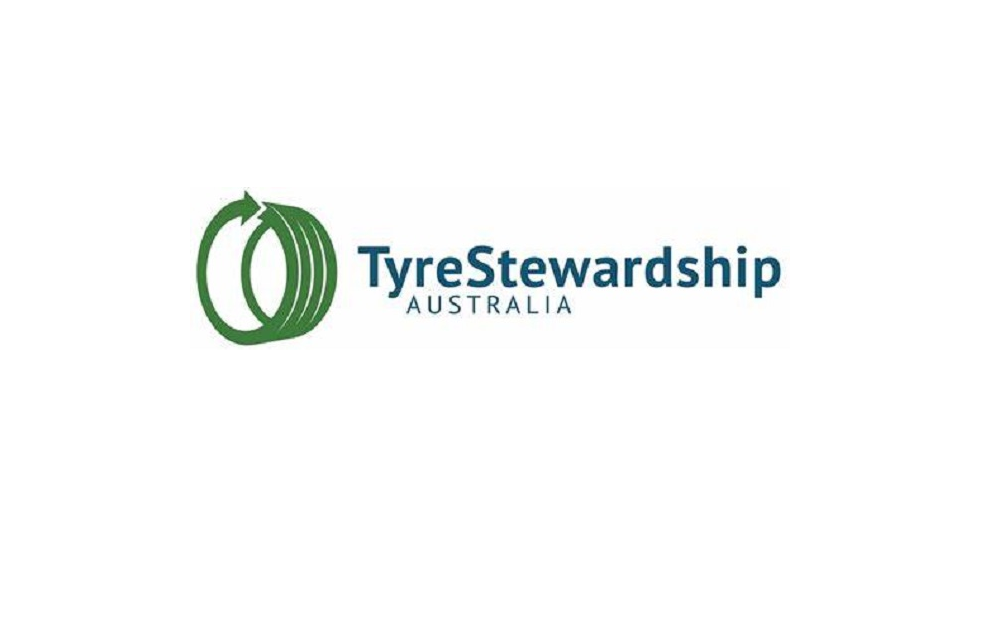Australian ingenuity delivers next generation of road barriers to increase public safety and decrease waste
Australia’s recycling sector seems to have become focused on developing new technologies as a direct result of the ban on the export of whole tyres, and potential stricter controls in the future. Now, the results are in from the world’s first full-scale test of concrete road safety barriers constructed with rubber crumb from end-of-life tyres; and a new, innovative Australian public safety product has passed the ‘crash test’ and is now on track to go to market.
The product – called Rubber T-Lok – has been developed by Saferoads and researchers from the University of Melbourne‘s Advanced Protective Technologies of Engineering Structures (APTES) Research Group, with funding and support from Tyre Stewardship Australia (TSA).
The crash test at Victoria’s Lardner Park facility in September demonstrated that rubberised concrete road barriers will decrease impact severity and are a viable use of end-of-life tyres that would otherwise go to waste.
With enhanced safety benefits and a longer lifespan, it offers a cost-effective solution for a variety of industry sectors that make and use safety barriers, such as: manufacturing, engineering, construction, mining, outdoor event management and government road safety programs, especially in regional, rural and remote areas.
The intellectual property (IP) around the manufacturing process is also of value to global markets.
“This is yet another example of Australian ingenuity and innovation at its best, and we’re very proud to have supported a new home-grown product go from the lab to the real world,” says TSA CEO Lina Goodman.
“We have already invested $8 million in 56 projects such as this, that increase consumption of the 140,000 tonnes of used tyres that go to waste in stockpiles and landfill each year.
“They are Australian designed, developed and built solutions that are increasing tyre resource recovery and decreasing the burden of waste for future generations.
“It’s not just about funding. It’s vital that Australian innovators are supported throughout the innovation process, which can take years.
“The next step for us now is to support the team from the University of Melbourne and Saferoads, in calling on regulators to expand infrastructure specifications to include this new product.
“The faster regulators do this, the faster our economy will benefit from commercial opportunities and job growth, particularly in regional, rural and remote areas; taking us another step closer to meeting the government’s target of an 80% recovery rate from all waste streams by 2030.”
Saferoads CEO, Darren Hotchkin, said; “This new product will enable Australia to recover 115 tonnes of used tyres for every 10 kilometres of the Rubber T-Lok road safety barrier produced.”
The successful test demonstrated:
• impact speed and angle within tolerance ranges in the Manual for Assessing Safety Hardware (MASH), set by the Austroads Safety Barrier Assessment Panel (ASBAP)
• compliance with Australian and New Zealand Standard 3845.1:2015 for Road Safety Barrier Systems and Devices • the ratio of rubber crumb to concrete – at 4% of the total volume of the concrete mixture – to provide optimal safeguard • a 10% higher total energy absorption (both by deformation and erosion) compared to traditional concrete road barriers
University of Melbourne Professor Tuan Ngo, who leads the Advanced Protective Technologies of Engineering Structures (APTES) Research Group said: “This full-scale test is a tangible success for our project to invent sustainable uses for waste tyres.
“Road users are the winners here. The test showed that designed rubberised concrete road barriers will help reduce the force of impact thereby reducing the likelihood of injury and death, as well as being less damaging to the barrier itself. Debris emanating from shattered concrete road barriers, which may create another safety hazard after a crash takes place, is substantially reduced.
“We are very passionate about our work in this area and very keen to share outcomes that can save lives, increase road safety, and use recycled materials in a cost-effective manner.”


















